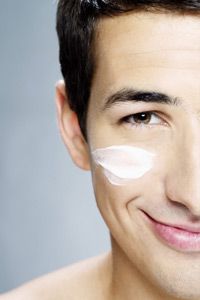
Listen up ladies. There's been a widespread practice going on for years where manufacturers are charging us more for products simply because they're branded for women. It's certainly nothing new. Consumer Reports conducted an investigation in 2010 and found that products for women — by packaging design only — cost up to 50 percent more than the same products for men. And according to reporting by Healthline, this type of overpricing — it's known as the pink tax — has been commonplace for at least 20 years.
But why? We talked to Nitasha Mehta, the director of vendor marketing at online wholesale company Boxed, who has been involved with ending the pink tax practice.
Advertisement
"About a year into my role [at Boxed], I started reading and learning a little bit more about pink tax overall," Mehta says. "So I started to do some research on products on our own site and noticed that we were charged higher prices from our vendors that manufacture these products, higher costs for certain female products versus their male counterparts." Most manufacturers, she says, have told Boxed that women's products have "fancier packaging" that costs more to make.
"Maybe a women's body wash is creamier and requires more expensive ingredients. I think that's been the justification most of the time, but when you really look at the ingredients, there isn't a significant difference, and even if there is, we don't believe that these price differences should be passed on to the consumer," Mehta says.
So, if it's all in the packaging (OK, aside from that "creamier" body wash), what other products are women typically charged more for? Here are five of the most common:
Advertisement

